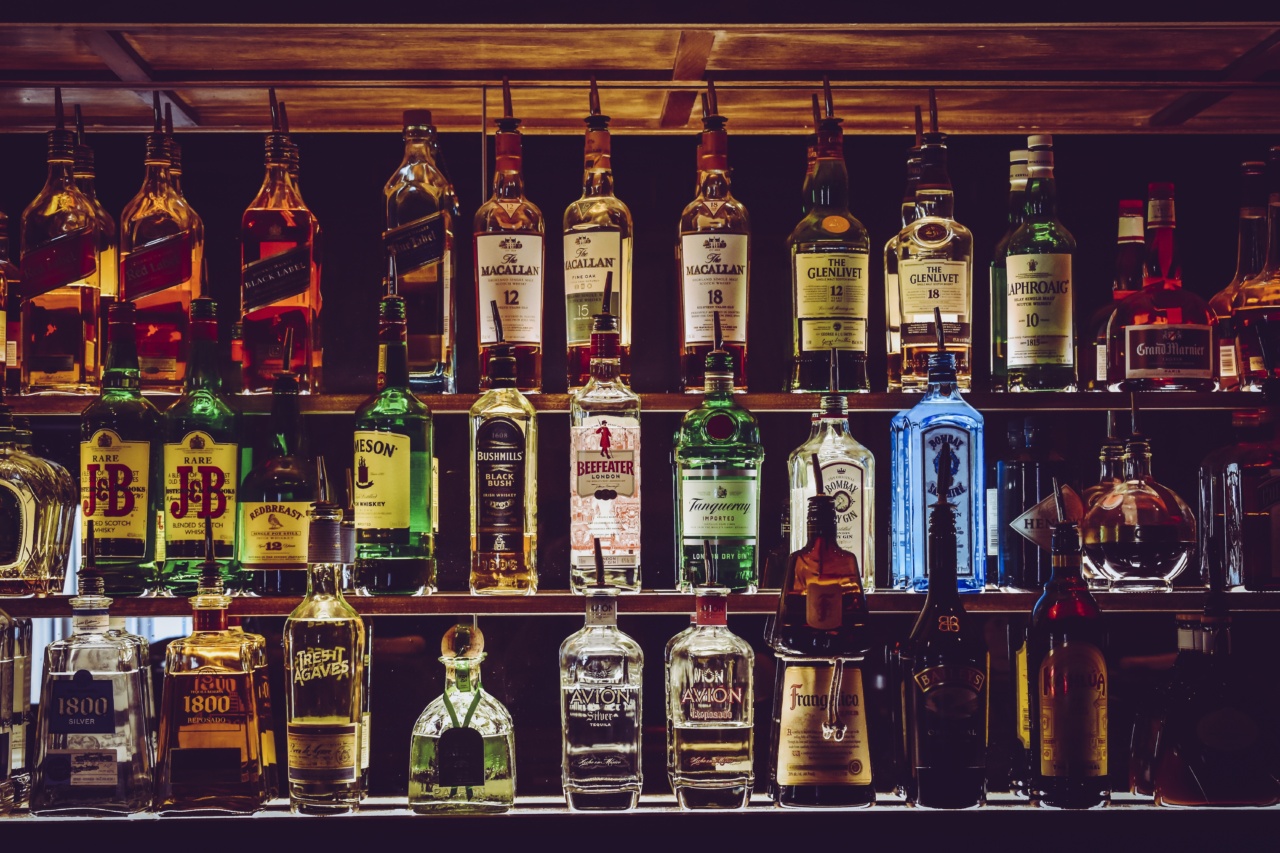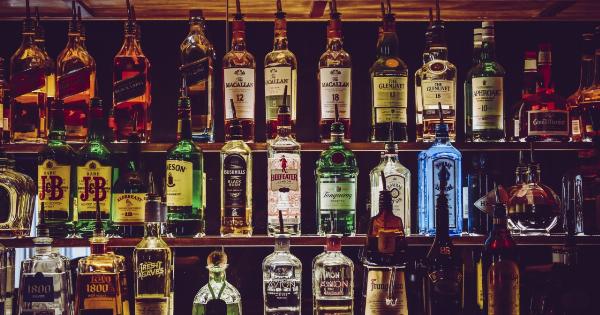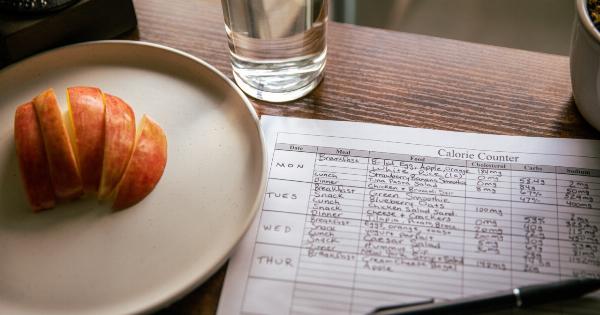When it comes to choosing our favorite alcoholic beverages, the topic of calorie content might not be the first thing on our minds. However, for those who are conscious about their calorie intake, it is essential to know how different drinks compare.
In this article, we will explore the calorie content of wine and beer, two popular choices enjoyed by many around the world. We will also provide you with an informative infographic that visually represents the calorie differences between the two. So, let’s dive in!.
Understanding Calories in Wine and Beer
Calorie content varies across different types of wine and beer. It is important to note that calorie count can differ based on factors such as the type of wine or beer, the brand, alcohol content, and serving size.
Calories in Wine
Wine, made from fermented grapes or other fruits, has been enjoyed for centuries. Here is a breakdown of the average calorie content per 5-ounce (148 ml) serving for different types of wine:.
- Red Wine: On average, a five-ounce serving of red wine contains about 125-150 calories. However, certain varieties such as Shiraz or Zinfandel may have slightly higher calorie counts.
- White Wine: White wine generally contains fewer calories than red wine, with an average calorie count of 115-135 per five-ounce serving.
- Rosé Wine: The calorie content of rosé wine falls somewhere between red and white wine, typically ranging from 120-140 calories per five-ounce serving.
- Sparkling Wine: Sparkling wines like Champagne or Prosecco contain approximately 90-120 calories per five-ounce serving.
- Sweet Wine: Sweet dessert wines tend to have higher calorie counts, ranging from 165-200 calories per five-ounce serving.
Calories in Beer
Beer, crafted from fermented grains such as barley, hops, and malt, has a wide variety of styles and flavors. Here is a breakdown of the average calorie content per 12-ounce (355 ml) serving of different types of beer:.
- Lager: Lager beers, including popular brands like Budweiser or Coors, contain approximately 100-150 calories per 12-ounce serving.
- Ale: Ales, such as Pale Ale or India Pale Ale (IPA), typically have a higher calorie content, ranging from 150-200 calories per 12-ounce serving.
- Stout: Rich and dark stout beers, like Guinness, have a higher calorie count, averaging around 170-210 calories per 12-ounce serving.
- Light Beer: Light beers are often chosen by those looking for lower calorie options. They generally contain around 90-100 calories per 12-ounce serving.
- Craft Beer: Craft beers come in various styles and can have varying calorie counts. Some craft beers may contain higher alcohol content, resulting in increased calorie content.
The Calorie Difference: Comparing Wine and Beer
Now that we have explored the average calorie content of both wine and beer, let’s dig deeper into the calorie comparison between the two:.
- Wine typically contains fewer calories per serving than beer. However, it is crucial to consider the alcohol content, as wines often have a higher alcohol percentage compared to beer.
- Red wines, on average, have a slightly higher calorie count than most beers. However, lighter reds, such as Pinot Noir, may have calorie counts comparable to certain types of beer.
- White wines generally have fewer calories than both red wine and beer, making them a lower-calorie option.
- Light beers are often the lowest in calories among beer options, making them a go-to choice for those who want to manage their calorie intake.
- Overall, the calorie content of wine and beer can vary significantly based on factors such as serving size, alcohol percentage, and brand.
While wine and beer offer different flavor profiles and experiences, it is important to remember that moderation is key when it comes to alcohol consumption.
Enjoying your favorite alcoholic beverages responsibly can help you maintain a balanced lifestyle.
Infographic: Wine vs. Beer Calorie Comparison
Below is an infographic that visually represents the calorie comparison between wine and beer:.
[Insert infographic here].
Conclusion
When it comes to choosing between wine and beer, understanding the calorie content can be helpful for those conscious about their calorie intake.
While wine generally has fewer calories per serving, the specific calorie count can vary based on factors such as the type of wine or beer, brand, alcohol content, and serving size. It is essential to enjoy alcoholic beverages responsibly and in moderation.





























